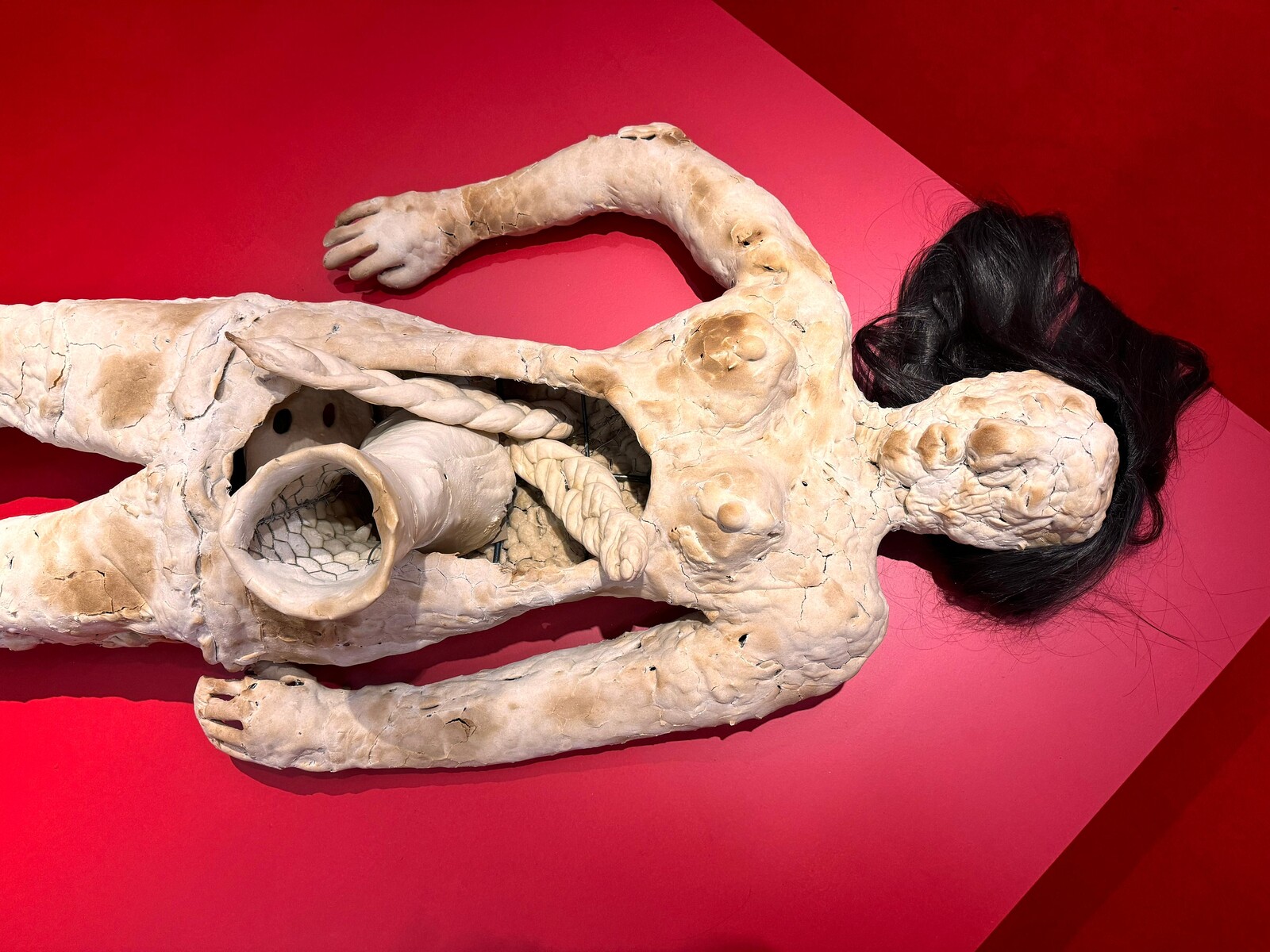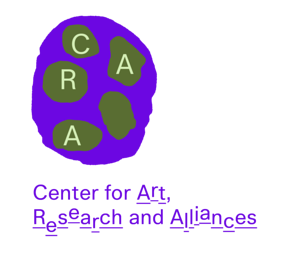continents like seeds
March 15–May 18, 2025
225 West 13th Street
New York, NY 10011
USA
Hours: Wednesday–Saturday 11am–6pm,
Sunday 12–6pm
CARA’s spring 2025 exhibition, continents like seeds, gathers the work of La Chola Poblete (b. 1989, Argentina; lives and works in Buenos Aires), Niño de Elche (b. 1985, Spain; lives and works in Madrid), and Pedro G. Romero (b. 1964, Spain; lives and works in Seville and Barcelona). Across sonics, sculpture, performance, drawing, and painting, the exhibition unravels and exposes the contradictions and ambiguities of colonial legacies. Tracing entanglements of erasure and violence, visibility and appropriation, the artists question tradition and offer counter-narratives of resistance, transformation, and life.
Performer Niño de Elche and artist Pedro G. Romero’s installation, co-commissioned by CARA and the Biennale of Sydney, engages with transnational histories of flamenco through research, music, and embodied practice. Titled Sadopítna, o sea, antípodas, puesto del revés y boca abajo (Sedopitna, or antipodes, turned inside out and upside down), 2023, the audiovisual collaboration maps antipodean connections formed through colonial trade routes, particularly the Manila Galleon. Arranged as a suite of four soundboxes wrapped in Mantones de Manila, embroidered shawls derived from traditional Filipina alampay, the work unfolds through nine songs which interrogate and disentangle colonial contaminations across the Pacific Ocean and around Mexico, Thailand, the Philippines, Japan, Indonesia, Aotearoa (otherwise known as New Zealand), and Samoa. Throughout the course of the exhibition, Niño de Elche will be joined by artists, musicians, and dancers for a series of live performances that animate the songs’s lyrics and illuminate flamenco’s potential as a tool for rebellion against systems of power. “The boxes and the bodies of the artists become one through performance,” remarks G. Romero.
While Niño de Elche and G. Romero’s sonic map charts the knotty, far-reaching legacies of colonial trade, La Chola Poblete’s work turns inward to the currents of the body. A transdisciplinary artist working across performance, video, photography, painting, and objects, La Chola Poblete seeks to explore the undefinable elements of narratives of the past. Continuously intertwining her own persona with the cultural and religious figures she references, La Chola questions how bodies “should” act under systems of capitalism and patriarchy. She wonders: how can a gendered, Indigenous body revolt against the violence of empire through fiction and creation? In this exhibition, documentation of past performances, large-scale works on paper, murals, and sculpture blend the personal with ancestral knowledges, queer fantasies, religious abstractions, and pop culture iconographies. La Chola considers the harmful imprint of the Catholic missionary project in Latin America while also looking to spiritual figures like La Virgen and Pachamama, an Andean Earth Mother goddess, whose matriarchal identities she imbues with queer, decolonial potential. With an open abdomen and protruding organs made of bread, her sculpture Venus, marrona rajada, 2023, expands upon notions of fluidity present elsewhere in the works on view. Rooted in mestiza and Indigenous nationalities, her syncretic approach invites a critique that both honors the power of these spiritual figures and rejects their use and misuse by colonial forces.
Expanding beyond any singular history or culture, continents like seeds disrupts trails of extractivist violence and surfaces the subaltern imaginings of La Chola Poblete, Niño de Elche, and Pedro G. Romero. In her 1969 publication Who Look at Me, poet, activist, and scholar June Jordan (1936–2002) writes: “New energies of darkness we/ disturbed a continent/ like seeds.” This exhibition, in line with Jordan’s writing and thinking, draws in such energies of rupture and renewal.
continents like seeds is curated by Manuela Moscoso, Executive and Artistic Director, with Marian Chudnovsky, Curatorial Assistant.


